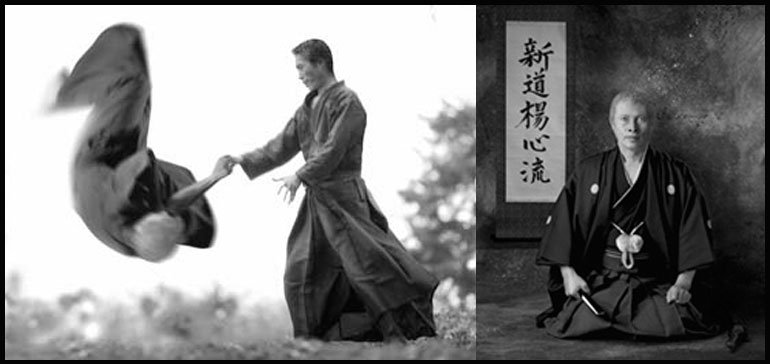skribs
Grandmaster
I come from a Taekwondo background. In my experience with Taekwondo, forms are generally taught for demonstration, competition, or testing, and not necessarily application. Application comes in other ways. I believe this to be relatively common in TKD (in fact, I just made a poll on r/Taekwondo to see how common it is). I've long been skeptical of bunkai. But I still find it intriguing, nonetheless.
I'm curious as to how bunkai is taught from the 30,000 foot view. What specifically is taught to the student, and what specifically are they expected to figure out on their own? How are they guided in this self-study?
Are students taught the kata and the alternative techniques, and then expected to put them together in different sequences? Are the students taught some alternative techniques and expected to come up with other techniques by applying the principles? Are the students presented with scenarios that they need to apply the techniques in? Are they given specific kata or portions of a kata to work on, or do they just get to apply what they want? Is the vibe of bunkai more of a workshop, a drill, a game, a sparring round?
I know it's a lot of questions, but really it's only a couple:
I'm curious as to how bunkai is taught from the 30,000 foot view. What specifically is taught to the student, and what specifically are they expected to figure out on their own? How are they guided in this self-study?
Are students taught the kata and the alternative techniques, and then expected to put them together in different sequences? Are the students taught some alternative techniques and expected to come up with other techniques by applying the principles? Are the students presented with scenarios that they need to apply the techniques in? Are they given specific kata or portions of a kata to work on, or do they just get to apply what they want? Is the vibe of bunkai more of a workshop, a drill, a game, a sparring round?
I know it's a lot of questions, but really it's only a couple:
- How much of the application is taught, and how much is figured out?
- How are students guided in that process and assigned the tasks?
- How is bunkai actually trained?
- What questions didn't I ask that I should've, and what are the answers?


